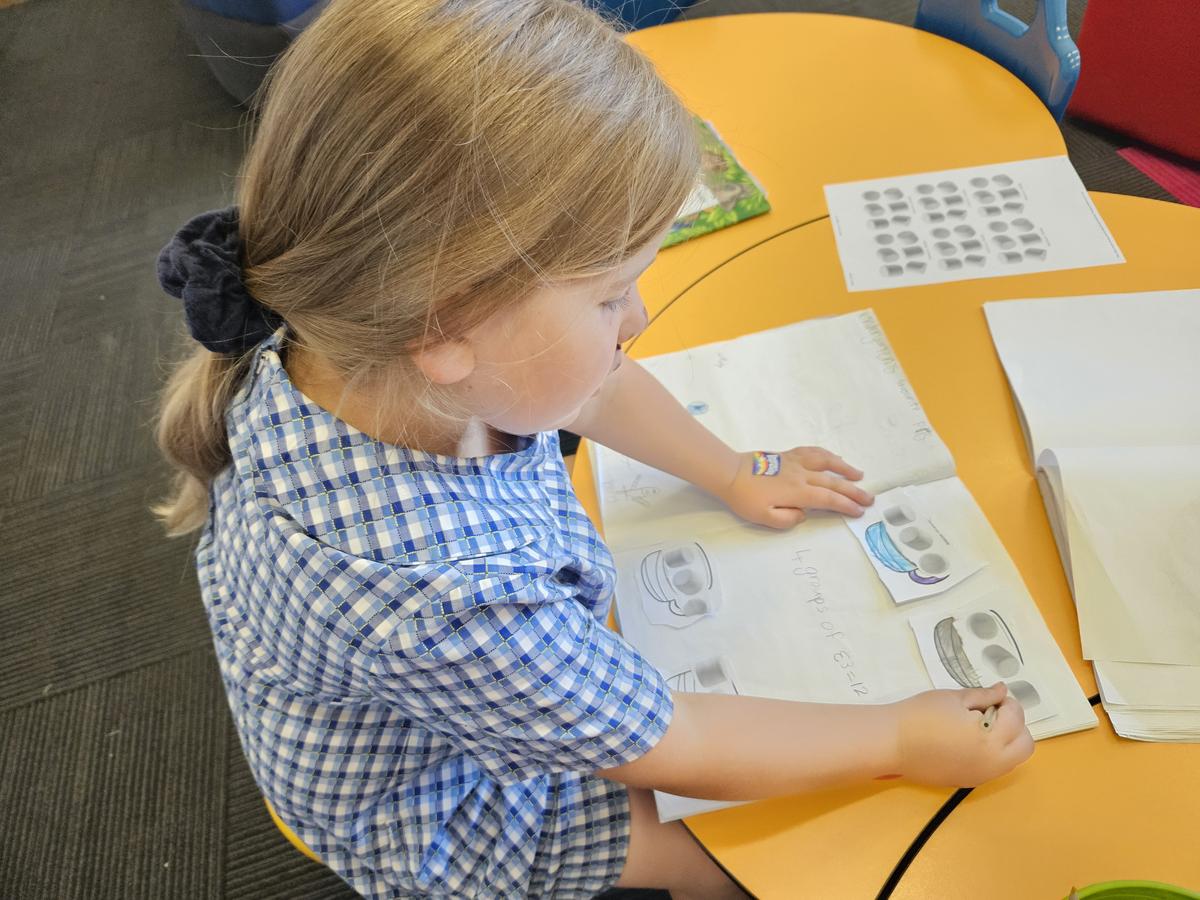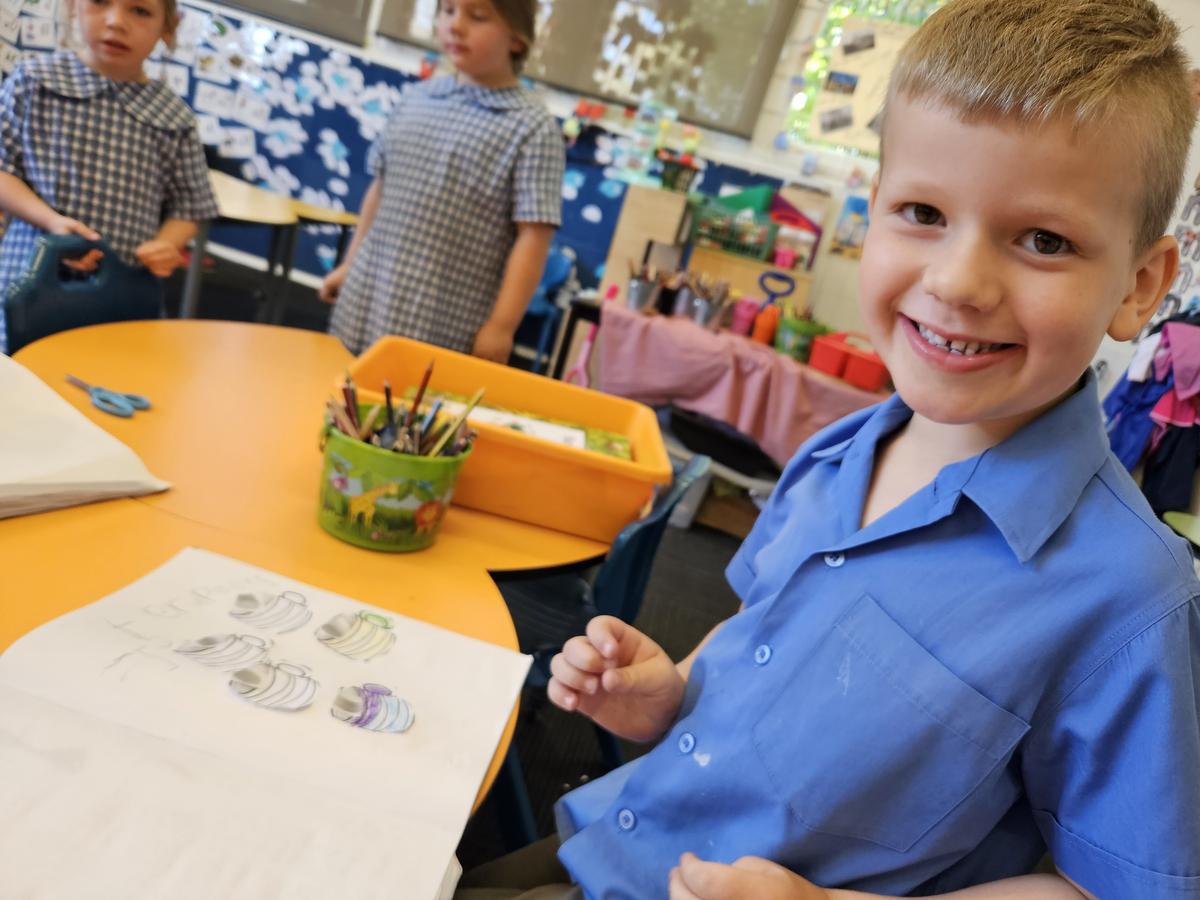Mathematics
Mrs Robyn Wilson - MaST - Mathematics Specialised Teacher
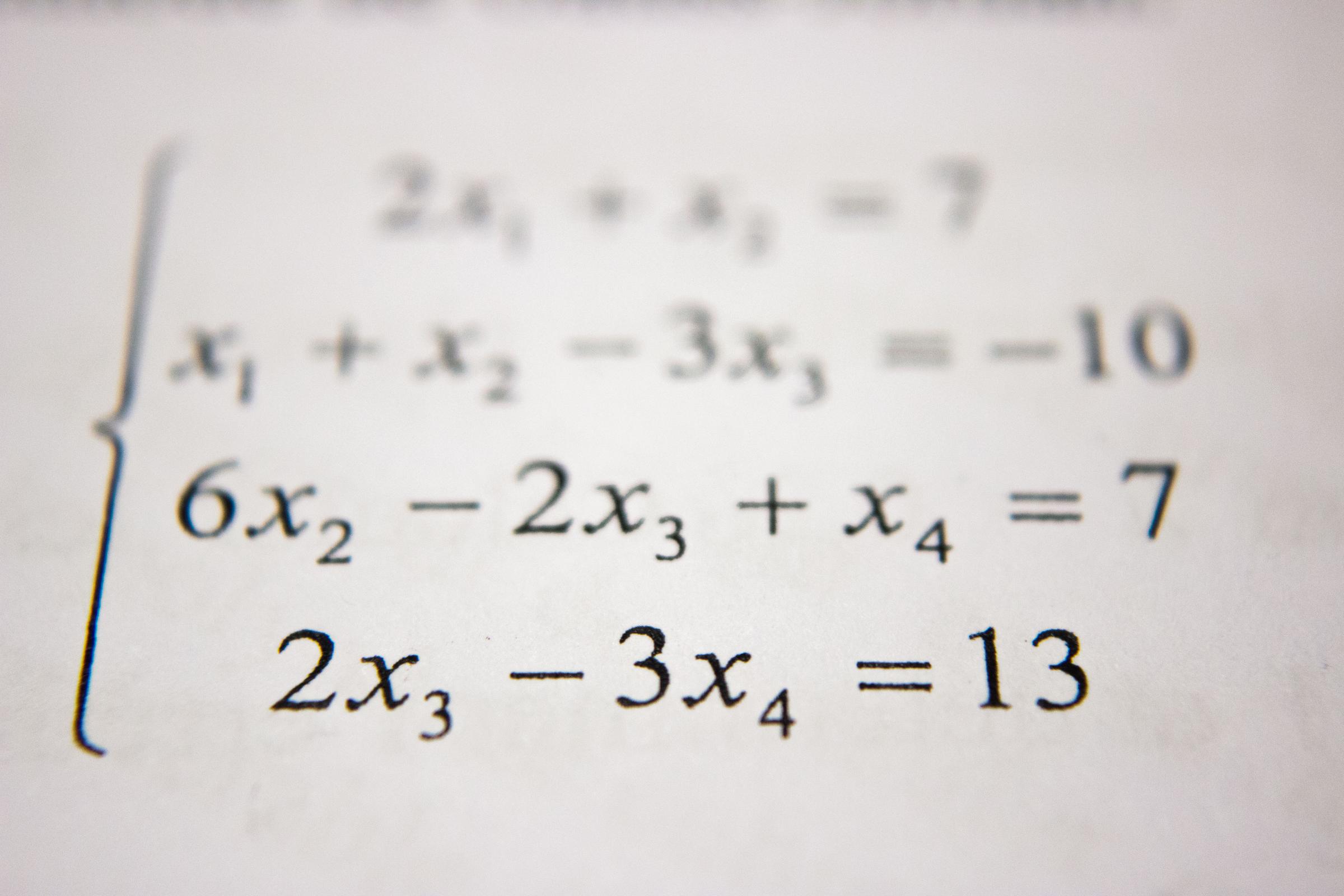
Mathematics
Mrs Robyn Wilson - MaST - Mathematics Specialised Teacher
At St Joseph's we use a variety of assessments to check for student learning and to inform teachers where to next. We gather data to better understand the strengths and weaknesses of our students' learning.
At the beginning of each new mathematics unit teachers will asses the students to answer the question: where are the pupils in their learning and, knowing this, what should be done next in teaching?
It is real-time assessment and may range from teacher observations to tests. It often contains data in the form of numbers, descriptions, comments and checklists. Our teachers also ask skilful questions throughout the lesson and this helps us check for depth of understanding, identify progress toward learning goals and diagnose root causes of incorrect answers.
Below we can see Stage 2 students doing a quick pretest on time. I like to use whiteboards and concrete materials to help me with this testing.
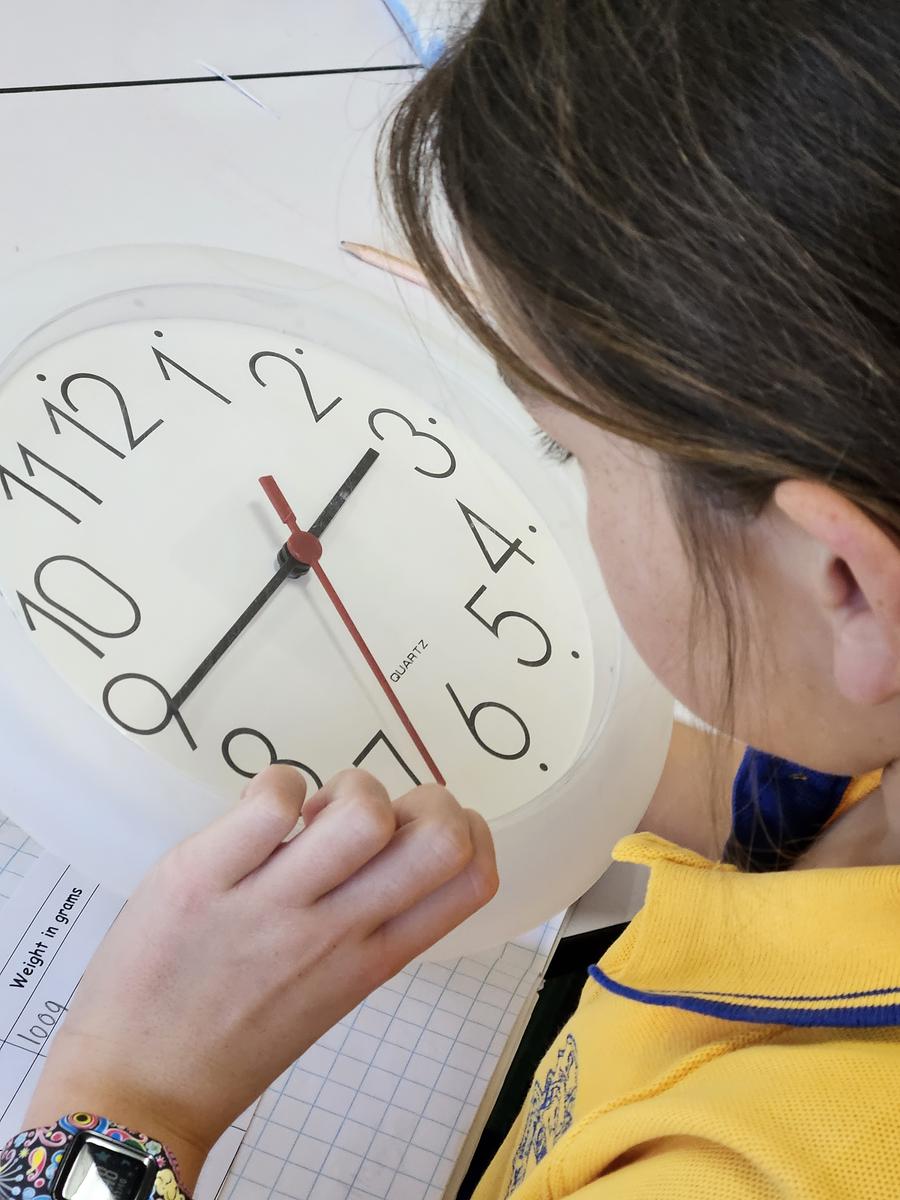
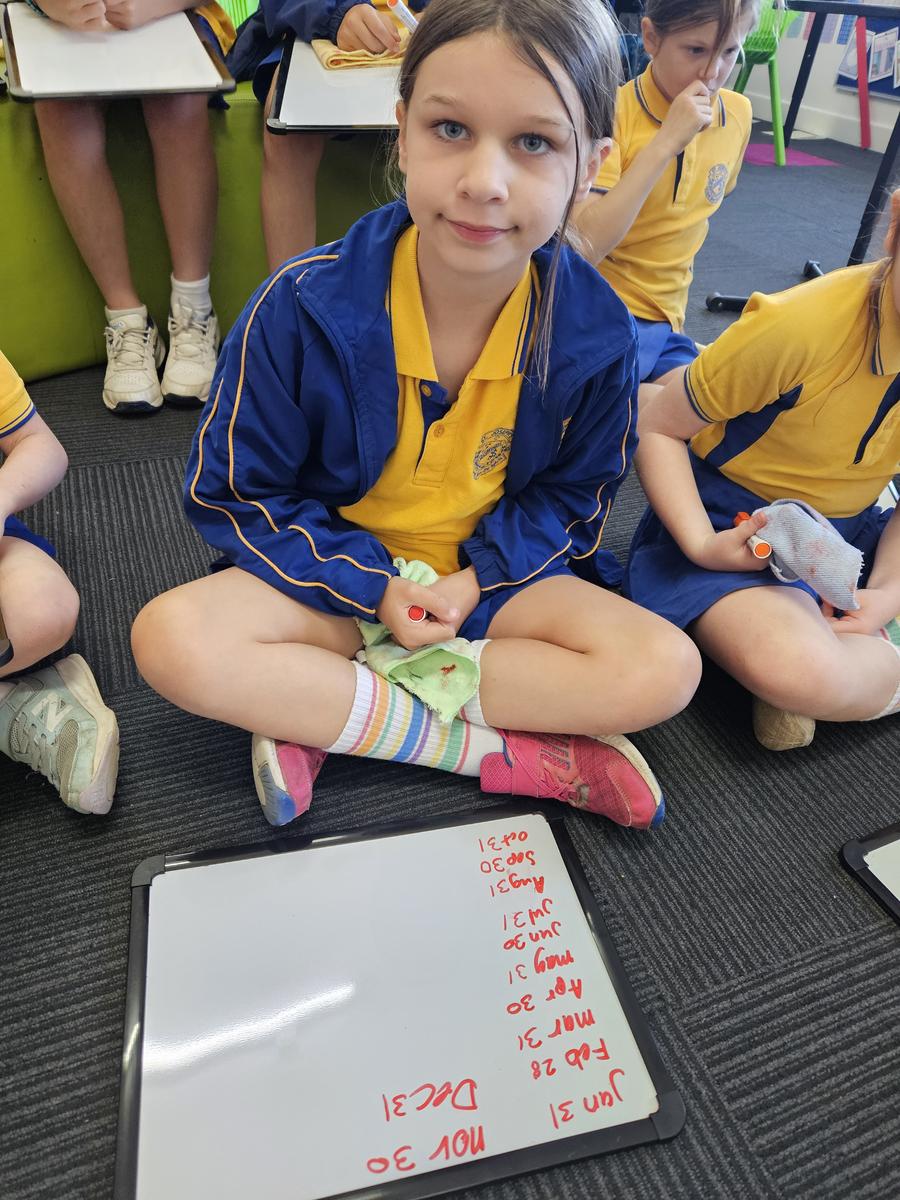

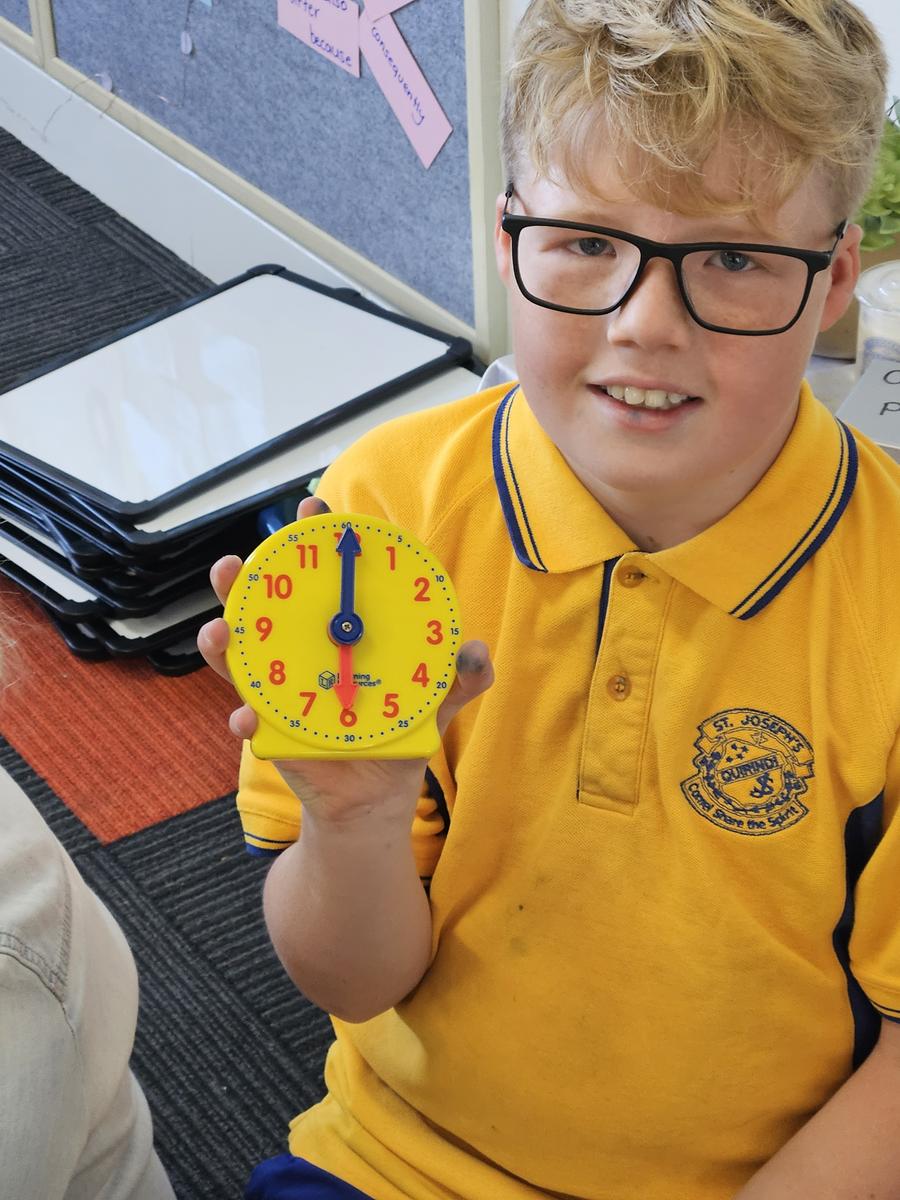
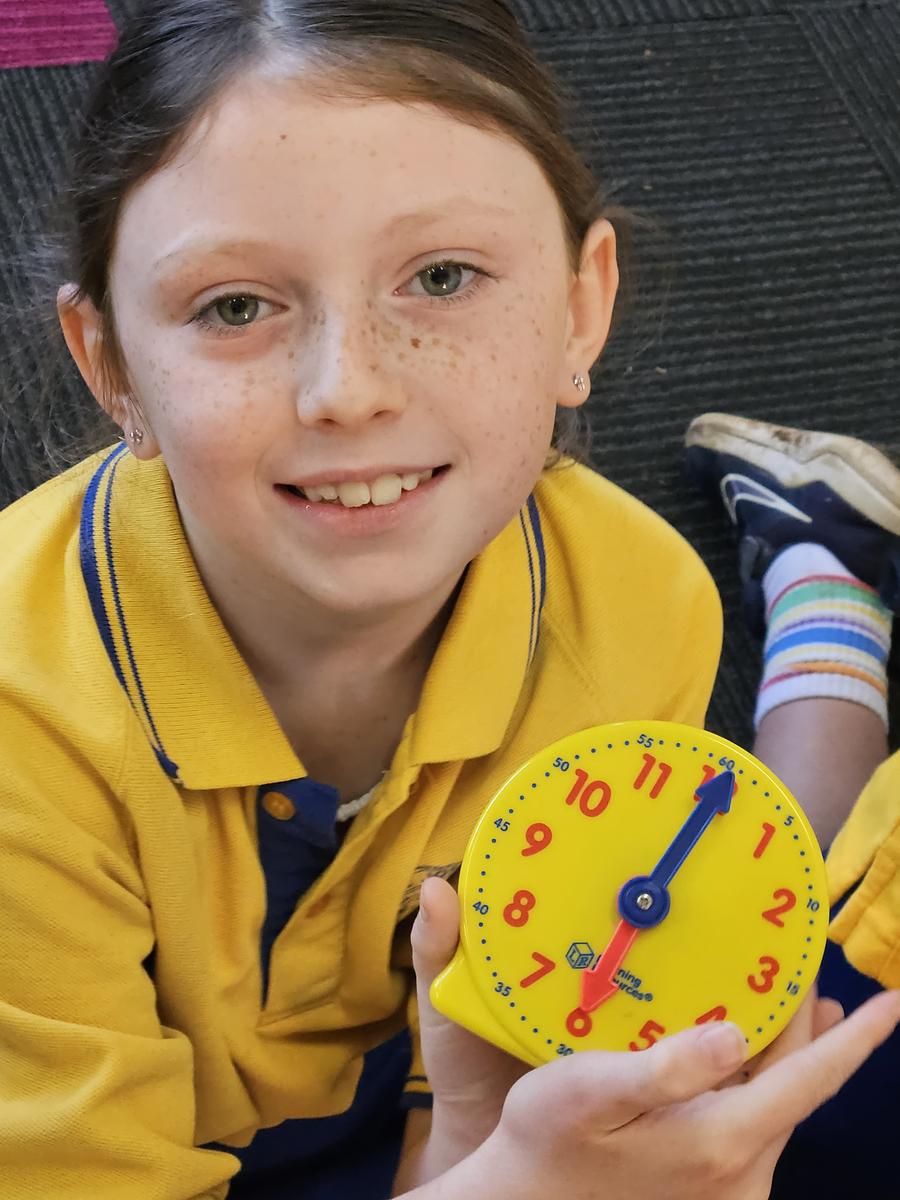





Assessment as learning is when pupils actively monitor their own maths learning, ask questions and use a variety of strategies to decide what they know, what they don’t know and what they partly know.
Teachers throughout the Maths lesson encourage pupils to be self-reflective and to ask questions about their learning.
Stage 1 below do this with using rotational activities. The teachers can see where the students are up to in their learning by working with small groups.
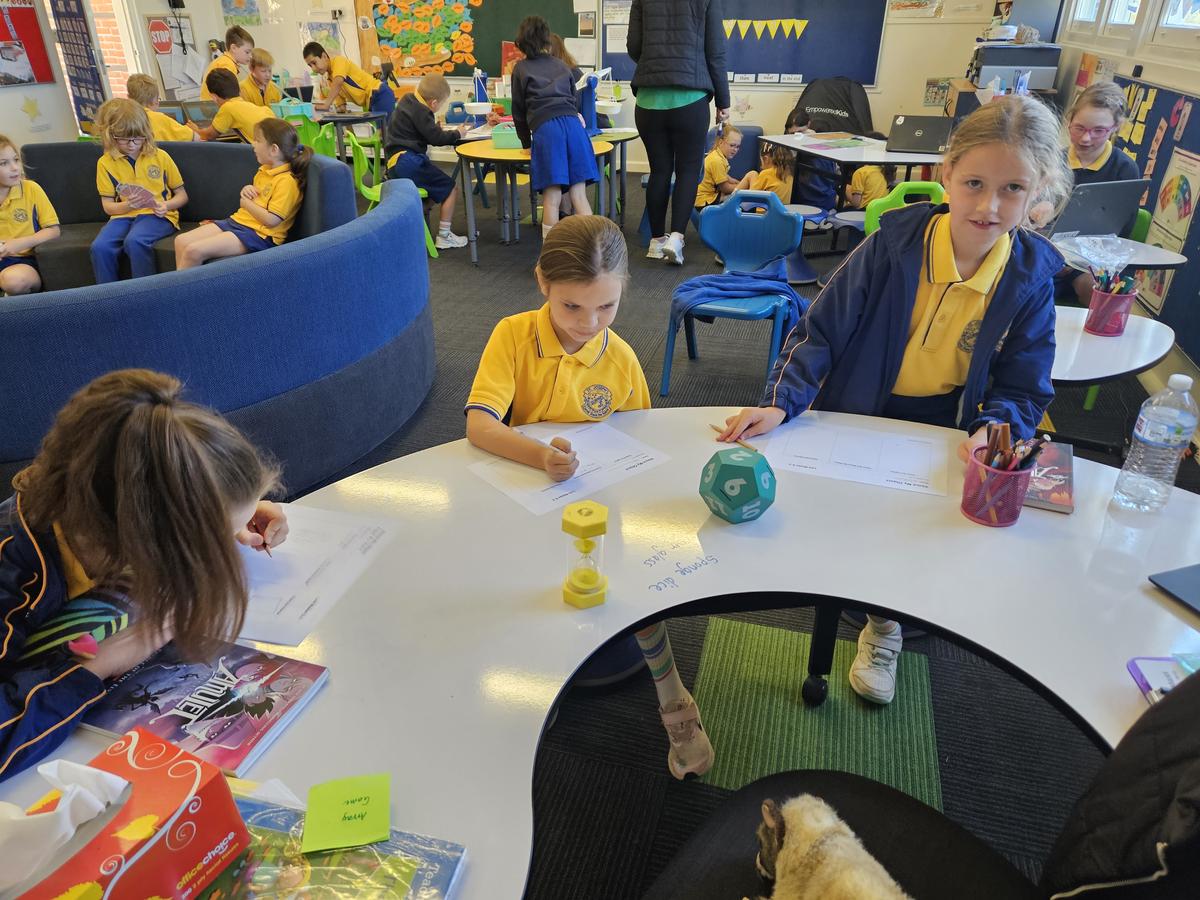
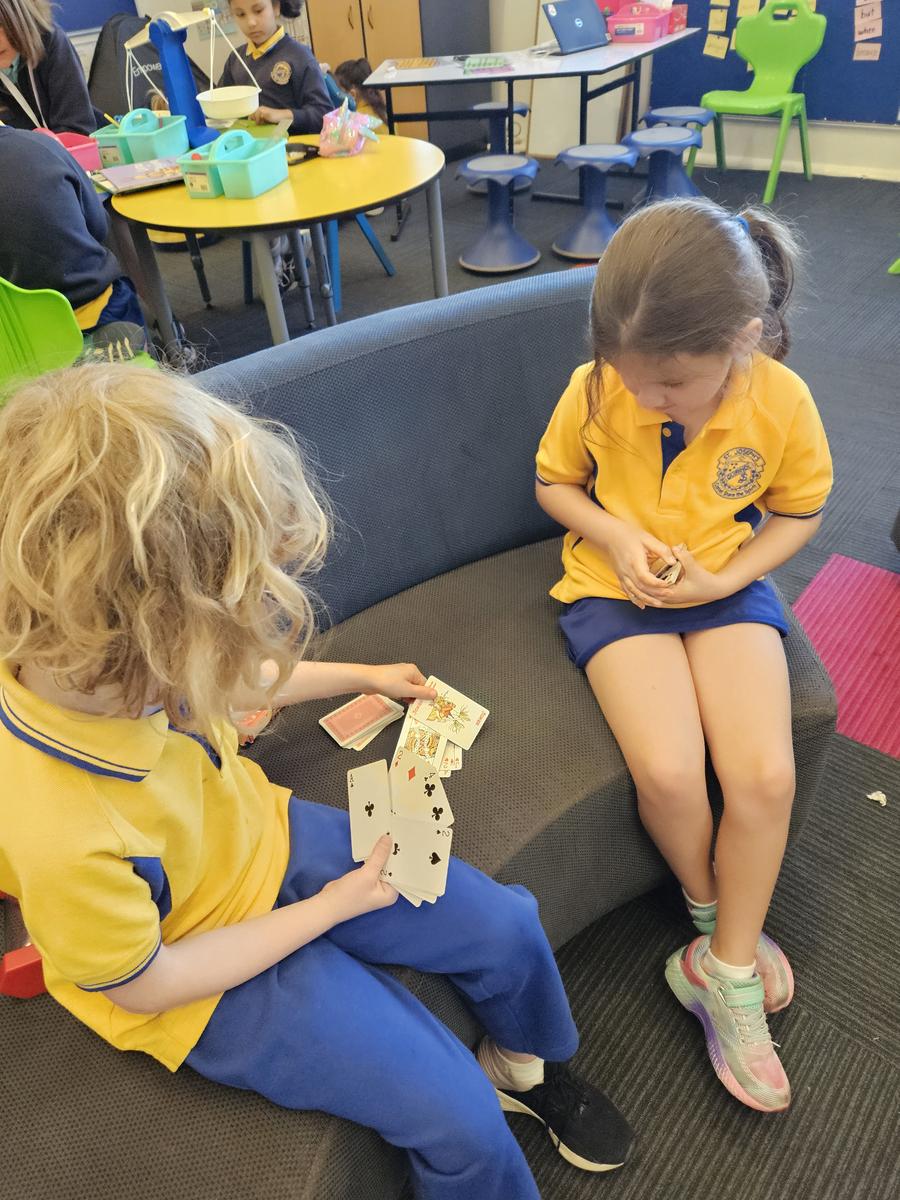

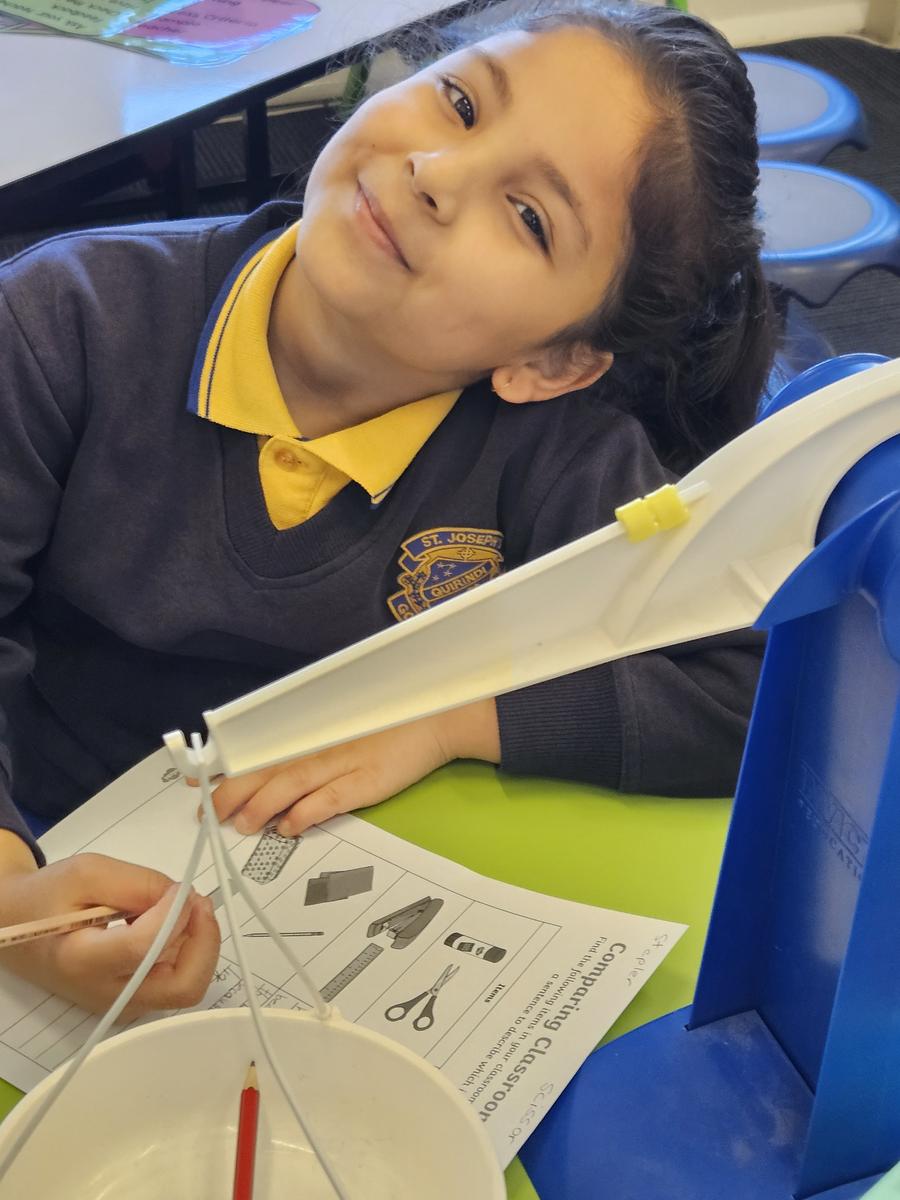




Assessment of learning is the process of testing individuals in order to determine their understanding of mathematics. It can be used to report to parents and be used as a comparison to peers.
This assessment sums up what has been learned so far. It asks the question: have the pupils learned or mastered what has been taught? This can often look like quizzes, tests and numerical data, but can take many forms.
Below you can see Early Stage 1 completing an end of unit assessment on multiplication using grouping.


